In studies of Digital Circuits or Digital Electronics or Digital Systems, the very first step is to convert an Analog signal / Analog system into a Digital Signal / System.
In this process of converting an Analog function to a Digital Function, do we need to discretize both time (X-axis) and magnitude/functional value (Y-axis) or only time (X-axis)?
Can anyone give me the correct definition of this (Discretization / Analog to Digital Conversion), as I found at some places it says both time and value (both X-axis and Y-axis) i.e take (X,Y) ∈ ℕ, whereas at other places it says only time/X-axis values i.e only X ∈ ℕ and Y can have any values i.e Y ∈ ℝ.

